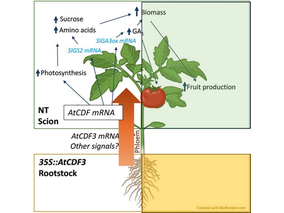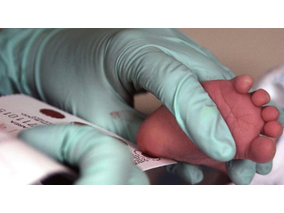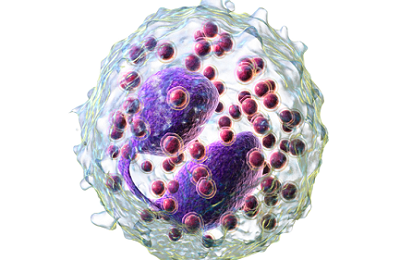Researchers from the Seoul National University (Korea) have applied for the first an improved genome-editing methodology, named prime editing to correct the genetic defects of two animal models of human disease: a liver disease (hereditary tyrosinemia) and an eye disease (Leber congenital amaurosis).
This high-precision genome-editing tool, developed only two years ago by the team of David R. Liu from Harvard University (see news on our blog), has been previously applied to correct mutations or introduce genetic changes in cultured cells, organoids, plants, and mouse embryos.
In the new study, published in Nature Biomedical Engineering, prime editing is applied for the first time in adult mice to correct mutations causing two human genetic diseases. As a model for an eye disease, they used the mice strain rd12 that carries a mutation in the Rpe65 gene, responsible for Leber congenital amaurosis.
The molecular tools necessary for genome editing were administered to rd12 mice via subretinal injection to reach the target tissue –the retinal pigment epithelium (RPE)– using a modified adeno-associated virus (AAV) as a vector. It is worth remarking that genome editing was able to correct the genetic defect very precisely, also correction efficiency was high (28-30%) and the visual function of rd12 mice was partly restored.
Although more studies are needed to improve this methodological approach, this work shows for the first time the efficacy of prime editing to correct genetic defects in animal models of human diseases and lays the bases to be used in the future as a very valuable therapeutic tool in humans.
A first genome editing therapy (based on a previous version of this method) to delete a specific mutation in another LCA gene, CEP290 is currently being evaluated on a clinical trial in LCA patients (see news on our blog).

The research team observed changes in head circumf...

AtCDF3 gene induced greater production of sugars a...

Un estudio con datos de los últimos 35 años, ind...

En nuestro post hablamos sobre este interesante tipo de célula del...

La revista ‘Nature Protocols’ selecciona esta técnica como “pro...
Biotechnology portal in Spain
Subscribe to our newsletter and stay up to date with the latest news and deals!
2013 © Biotech-Spain.com - Site Developments SL. All Rights Reserved. Terms of Service | Privacy Policy
Articles
Directory
